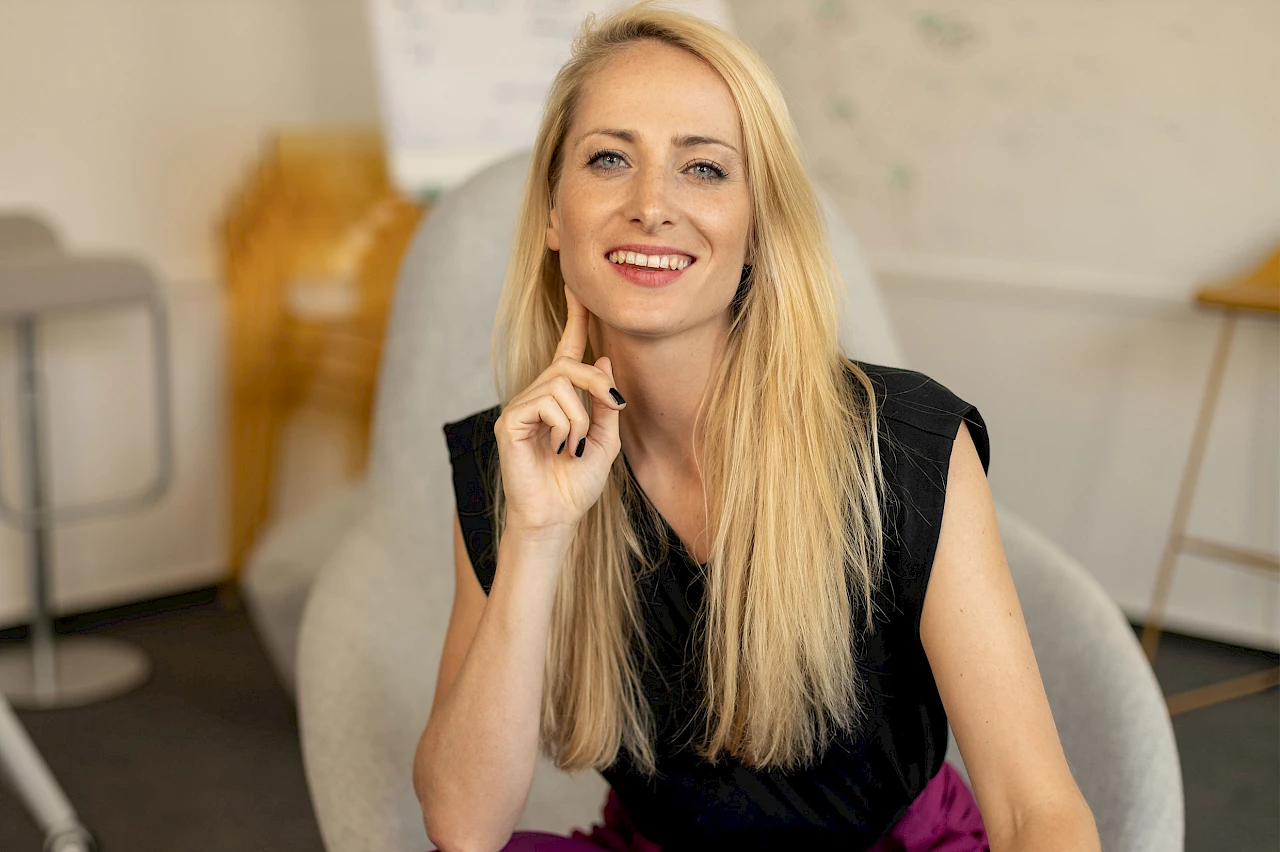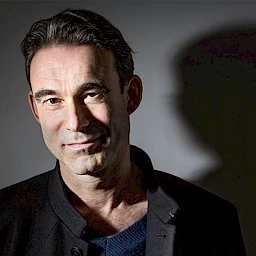The office needs to redefine itself. During the era of hybrid work models and smart technology, we need a wealth of ideas for enhancing employees’ enthusiasm for companies. A talk with Katharina Aguilar, the founder of UpVisit, about “phygital” worlds of experience that combine physical and digital elements, innovation and respectful interaction with employees and customers.
Katharina, smart spaces combine design, technology and content. The fusion of the online and offline worlds is a trend that is unstoppable, in the work environment as well as outside it. Can you tell us something about your “phygital” experiences in retail areas and public spaces? What useful insights for offices can be derived from these experiences? In which areas will we find digital elements in the future?
I think we will find digital elements in every area in the future. I founded UpVisit for retail areas and other public spaces. UpVisit is a platform that can be used by stationary businesses, museums and other institutions to offer supplementary digital experiences to all of their visitors. In other words, the physical experience is expanded by means of digital elements. Offices will also become more digital. A workstation is more than a place where we carry out work activities. It’s a place where we learn. And workspaces can support and promote learning by means of digital elements.
To what extent can technology transform the office into a genuine world of experience?
People often underestimate the important role that the design and concept of a space plays in our lives. Spatial design, technology and infrastructure have a stronger influence on us than we realise. New Work cannot exist in old offices; it can only exist in a hybrid learning environment. As I’ve already mentioned, learning is part of everyday work, so a learning management system should be supporting us in this process. Thus the function of learning becomes an integral component of work. It requires interoperability between real-life technology and digital software.
What tools can be used to create inspiring spaces that serve as a basis for innovation and creativity?
There are no limits to creativity in this area. But you don’t need much in order to create inspiring spaces. We see that in our customers, who create inspiring digital content and thus make it easier for people to experience their products. In our CMS we rely on artificial intelligence, which can conjure up a great deal from very little material.
Spatial experiences and the communication of brand messages are important, not only in the relationship between companies and customers. Especially in the area of human resources, memorable experiences enhance employees’ loyalty and employers’ appeal. Can you give us some tips to encourage companies that want to reinforce the employee experience?
When we talk about the office also being a learning environment, we should design it accordingly. This is the responsibility of the employer. First of all, the actual infrastructure of the space is important. But so are the stories and the contents that are communicated through the digital spatial design. This communication takes place through innovative storytelling and the didactic elements of an intelligent learning environment in the form of games, pictures, texts, videos and so on. Later on, physical elements arise in the space, such as tactile elements, bulletin boards, pushbutton models and surfaces, and smart components such as apps.
Receiving people with respect and preparing memorable individual experiences for them is part of corporate hospitality. What smart or phygital elements would you recommend that we integrate into spatial planning, and to what extent can multisensual experiences help to strengthen employee loyalty?
We have very different expectations regarding every space, but we want to feel comfortable everywhere — whether it’s as a guest, an employee, an employer, a host etc.
When we are setting up digital content for spaces, we can orient ourselves according to the human senses. People have five sensory channels, and for especially intense experiences we should stimulate as many of these senses as possible. As a rule, virtual spaces are a visual experience. Sometimes they are also auditory, but when we’re online we cannot touch or smell things. By contrast, in physical spaces we have the opportunity to become a host, because a great spatial concept and technological support can enable us to address all the senses.
Katharina, thank you for talking with us.
Katharina Aguilar is a speaker, a presenter and the cofounder and managing director of the company UpVisit. She is also the founder and managing director of the agency 7places. And she’s a member of the advisory board of the HFT Stuttgart and the gannaca global think tank group. Before her time at UpVisit, Katharina worked for several years at Bosch, as the head of digital operations at DIA – Dittel Architekten, and as a lecturer at the Baden-Württemberg Cooperative State University.
Cover photo: dotsource I Markus Schlevogt






